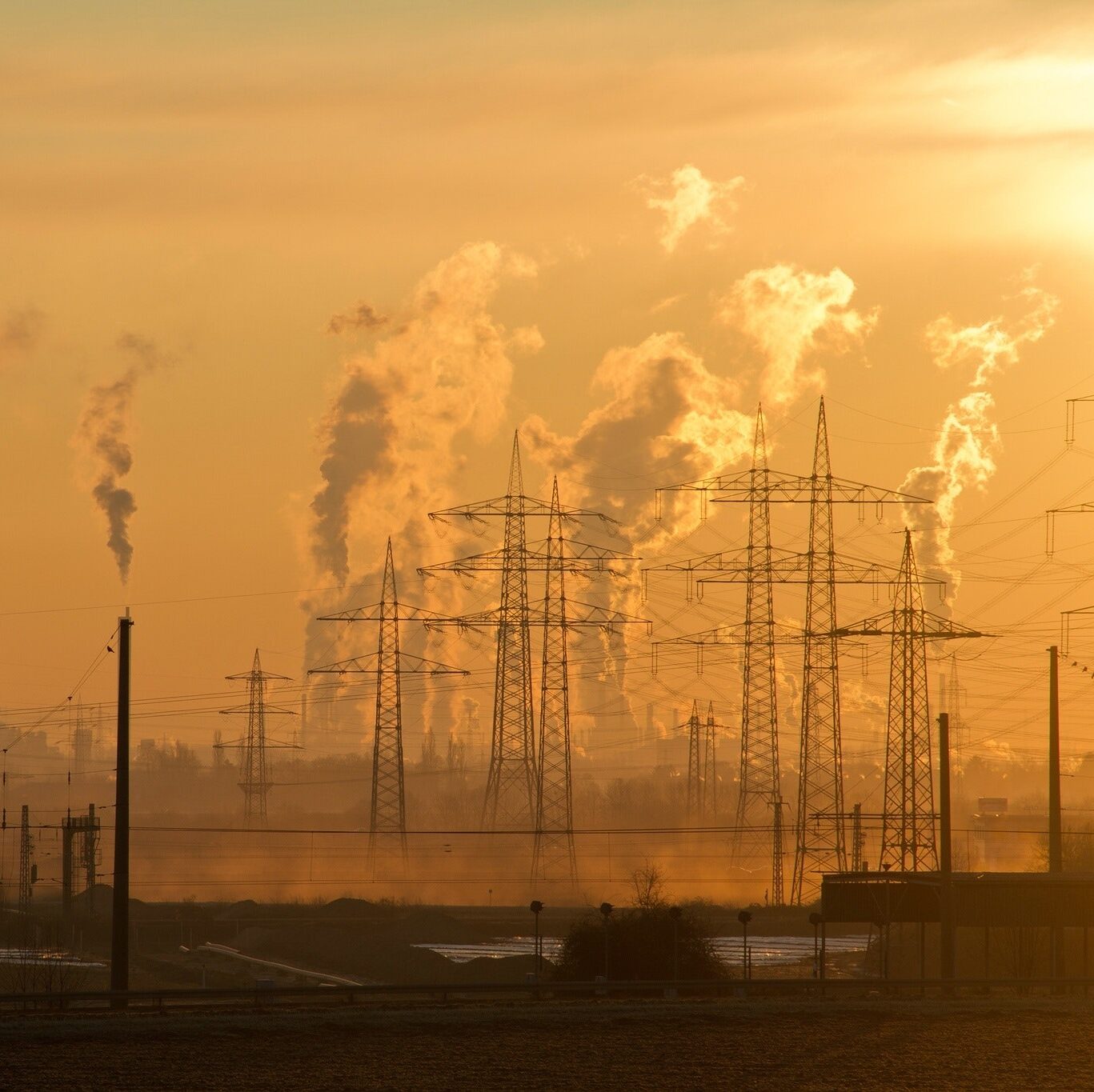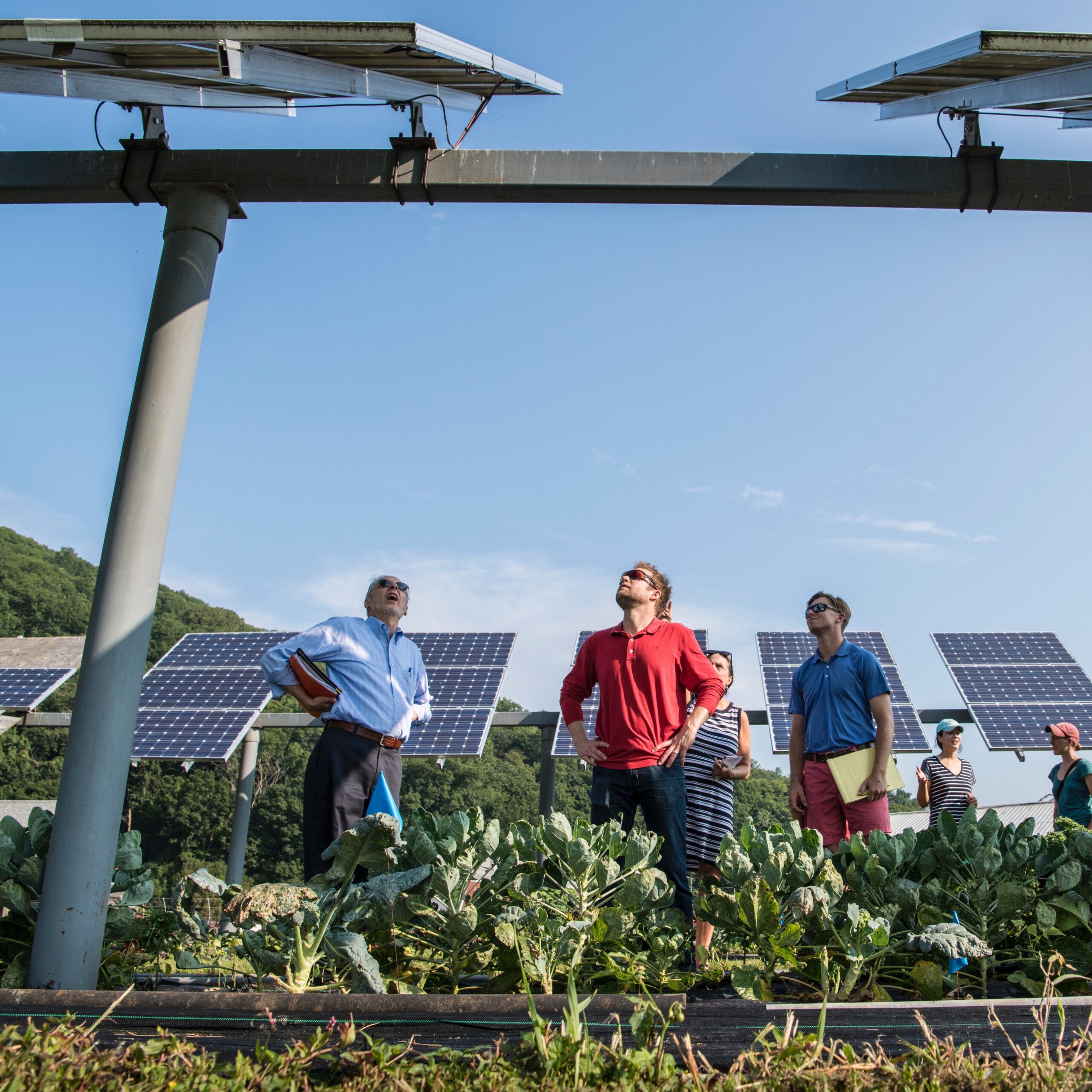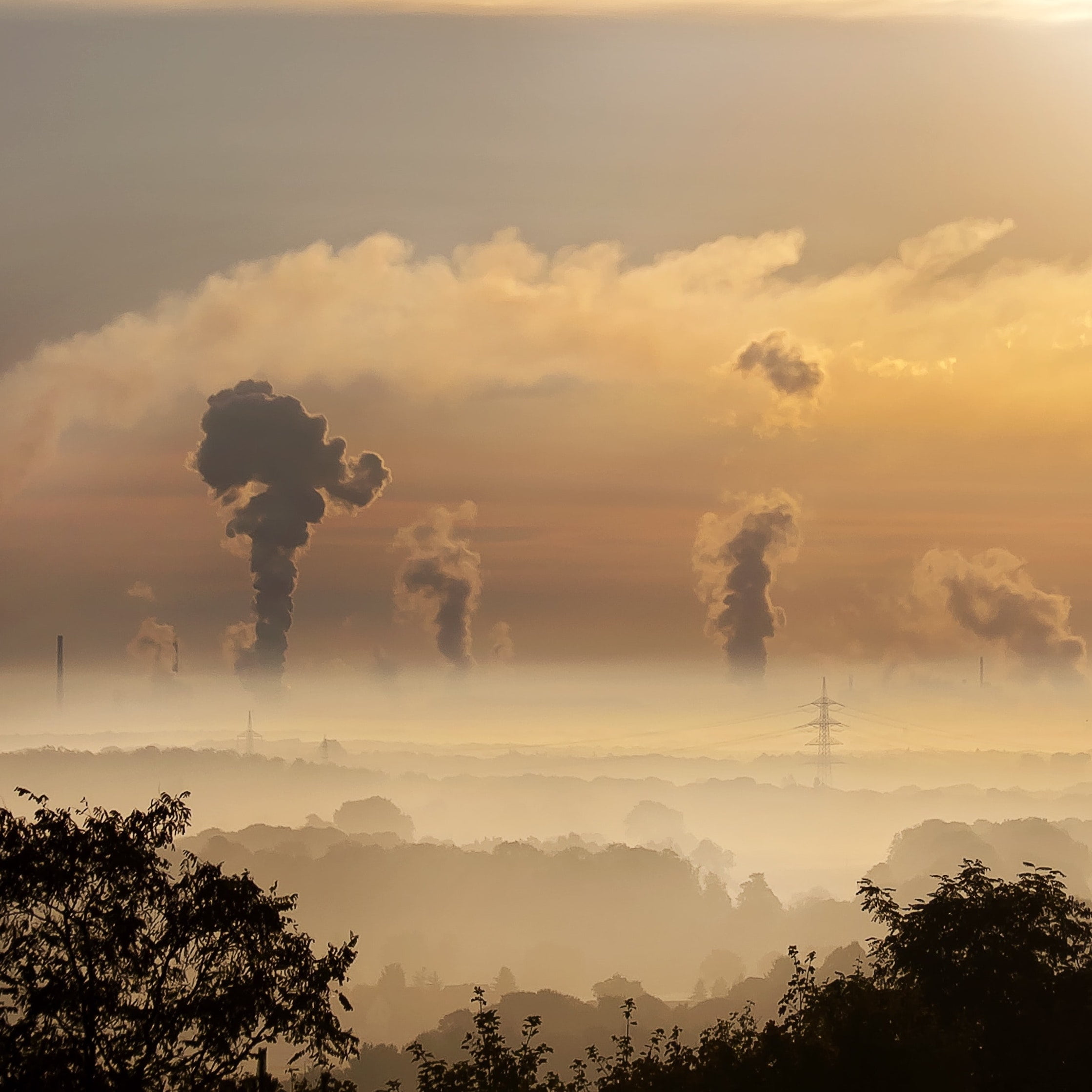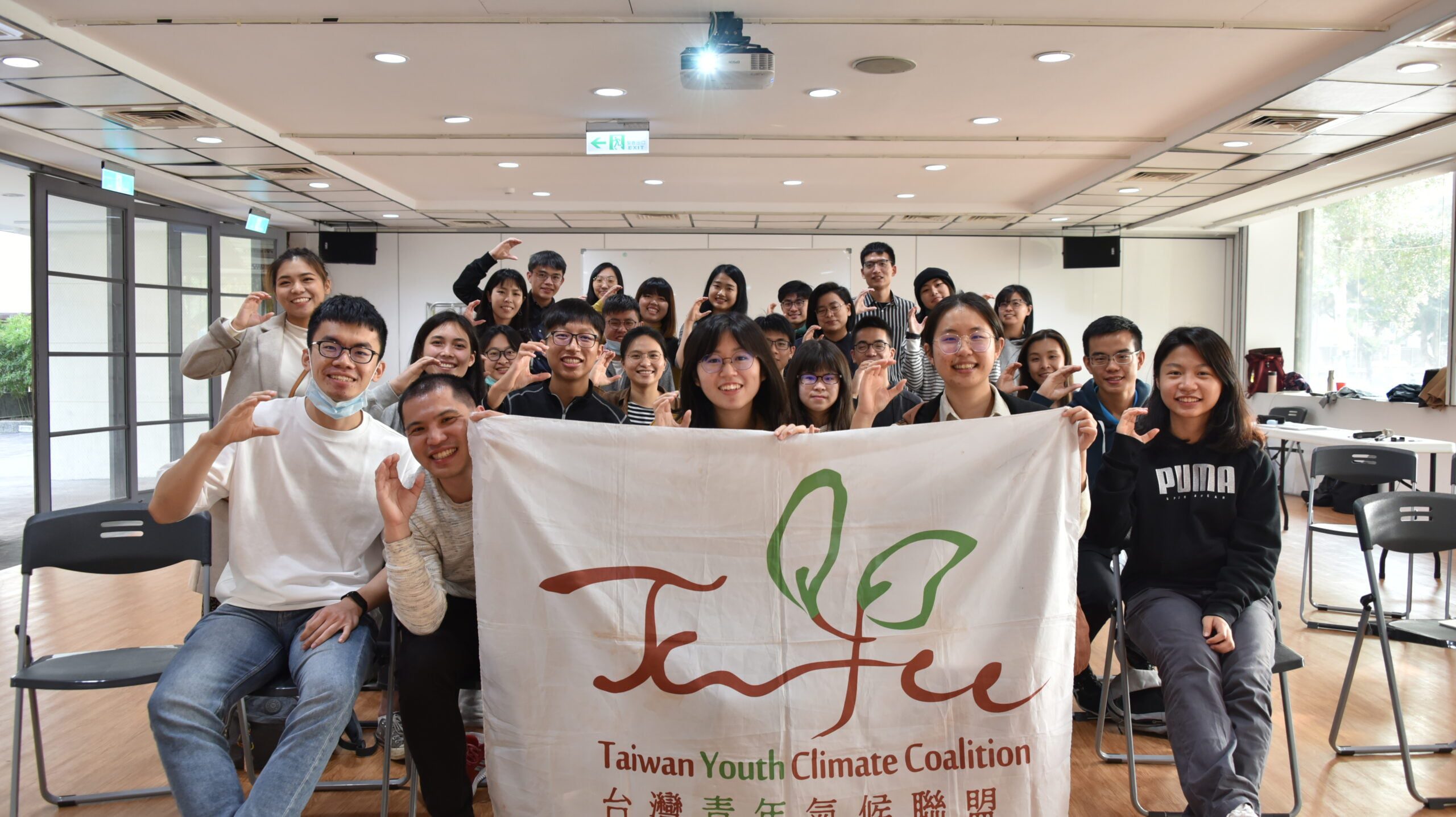September 2021

What You Need to Know About the RAMSAR Convention
The purpose of the RAMSAR convention is to protect wetland habitats such as coral reefs, marshes,…

Silent Spring and Modern Environmentalism: The Other Road
In Part 1, we explored the context and content of Silent Spring, investigating the relevance of…

UNFCCC’s Conference of the Parties & Non-state Actors I: History
Non-state actors may not be Parties to the UNFCCC but they still play an important role…

Mock COP Campaigners Progress & National Governments Commitments
What is MockCOP 26? Read on to find out! ClimaTalk speaks with Mock COP26 activist Kelo…

What is the Coase Theorem?
If the ownership of negative externalities is assigned, parties can negotiate to reach the best deal.…

What is ESG and Why is it Becoming Increasingly Important for Companies?
In the past few years, there has been a strong increase in ESG reporting requirements around…

How does European Carbon Trading Work?
‘Carbon trading’, ‘emissions trading’ or ‘carbon markets’ refer to an approach to reducing greenhouse gas emissions,…

Climate Leader for Future: How Taiwanese Youth Advocates for Climate Change in a Curricular-Oriented Way
The Taiwan Youth Climate Coalition was inspired by Greta Thunberg’s school strike for climate, but takes…

Silent Spring and Modern Environmentalism: A Fable for Tomorrow
Published in 1962, Rachel Carson’s Silent Spring is credited as being one of the first books…

The Emissions and Adaptation Gap Reports
The United Nations Environment Programme (UNEP) publishes two annual flagship reports assessing the global advance in…








